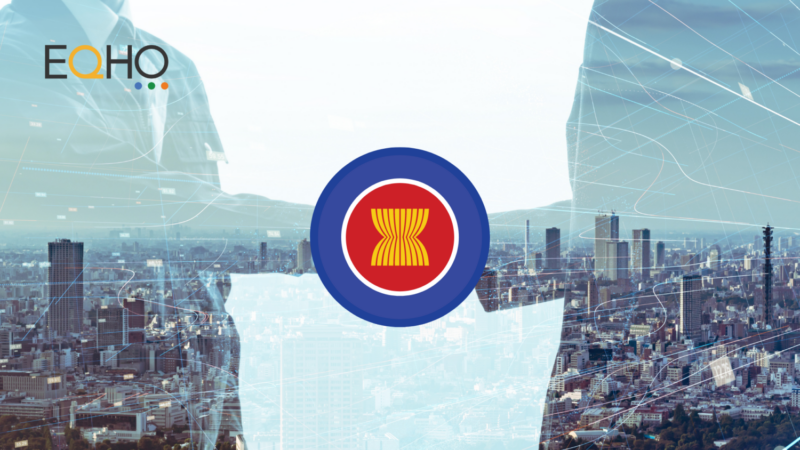Multilingual desktop publishing (DTP) is an essential part of the documentation localization process.
While a lot of focus and attention is rightly given to the actual translation process, this is merely one stage and needs to be complemented by a rigorous multilingual DTP system in order to be successful.
By establishing project requirements and analyzing the files in order to determine the best course of action, brands can make sure the whole process will run smoothly and localized versions will have the same look and feel as the originals.
Below you’ll find some guidelines for preparing content for multilingual DTP.
Be prepared
If you take the time to sort documents and applications out at the start of the process, it lessens the chances of anything going wrong. Considerations include how various measurements will be localized, while fonts should only be chosen that support a wide variety of special characters. Issues associated with line spacing and pagination also need to be thought about to avoid headaches at a later date.
Always supply the original source files
Localization agencies need to be given access to all of the original source files, which includes any custom graphics or images that have been created with embedded text. Note, PDFs are not source files. By supplying the source files, it means that text is easily exported and re-imported from/to the document, chart, or image, eliminating the need for document template recreation or image redesign and saving time and money along the way.
Think about applications
Printed brochures should not be created in either MS PowerPoint or MS Word, as they are unsuited to this type of task. Publishing tools such as Quark, InDesign, or Illustrator can be used to produce your brochure. If you’re creating manuals and other lengthy documentation, Framemaker is an ideal choice. Not only will the final result be much better in terms of the design quality, but translation/localization robustness and the overall print quality will be improved significantly.
Document templates
The whole purpose of a document template is so the localization agency has a framework to work from, but sometimes alterations to the original will be required. In this case, any new template should be sent before the project starts to make sure it is localization friendly. If modifications are necessary, you’ll be given email advice or template adjustments can be made on your behalf. Either way, the aim is to make the translation phase run smoother and more cost-effectively for your current and future project.
Use Controlled Language (CL)
If the original content is ‘fuzzy’ the translation will be too. Your message should be clear and simple to understand, so avoid technical terms or marketing buzzwords wherever possible. This will make the translation a lot quicker and more cost-effective, while it also gives you a clearer, more concise message, regardless of the language or subject-matter.
Consider the effects of text expansion
Try to leave between 20 per cent and 30 per cent to accommodate text expansion, especially for brochures, catalogs or anything done in PowerPoint. Horizontal text expansion will frequently occur when translation from English takes place, so planning for this ensures your document will not end up looking cluttered after translation. Failure to do so could result in the the need for compromises to protect the aesthetics of your document.
Avoid translatable text within diagrams and graphs
Instead, you can number the points you wish to highlight and then list the definitions in numerical order outside of the graphic, using a plain text format. This means that the image won’t need to be localized, so you’ll save time and money. If you have to place text within a graphic you can still help by remembering to leave enough white-space.
Auto-generate the Table of Contents (TOC) and Index pages
Especially important when producing manuals, proposals and reports, as the translation is generally longer than the source text, so there will almost certainly be sections that flow over to the next page. By auto-generating TOC and Index pages, when the final translated file is formatted the sections/pages stay sequential with the TOC or Index pages, and won’t require a manual process to reformat the document to regenerate the TOC and Index pages.



